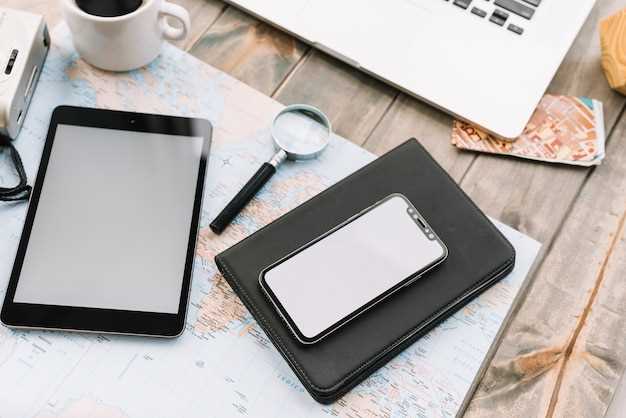
In the digital age, expanding storage capacity has become a crucial task for many device users. Among the most convenient solutions is the utilization of external memory cards, such as micro Secure Digital (SD) cards, which offer a compact and transportable storage medium. These versatile devices are frequently used in conjunction with Android tablets, allowing users to seamlessly augment their storage space for accommodating diverse files and applications.
Formatting a micro SD card is an essential step to prepare it for use with your Android tablet. This process involves erasing all existing data and reorganizing the card’s file system, ensuring optimal compatibility and performance. With a properly formatted card, you can confidently store and access your valuable content, enhancing the overall functionality and user experience of your tablet.
Using the Settings Menu
Table of Contents

For a more comprehensive approach, accessing the Settings menu allows you to control the formatting process and specify advanced options.
| Step 1: Open Settings | Navigate to the device’s Settings application, typically found in the app drawer. |
|---|---|
| Step 2: Locate Storage or Device Care | Scroll down the Settings menu and locate the “Storage” or “Device Care” section. |
| Step 3: Identify microSD Card | Within the Storage or Device Care section, you should see a listing of the device’s storage devices. Identify the microSD card from the list. |
| Step 4: Format microSD Card | Tap on the microSD card entry, and among the available options, you should find a “Format” or “Erase & Format” button. Select it to initiate the formatting process. |
Formatting from the File Manager

If you wish to access the formatting feature without resorting to additional applications, your file manager can come to your aid. Unlike using a dedicated formatting tool, this method involves navigating through the device’s native storage system.
Using a Computer
If you prefer a more comprehensive approach to storage management, a computer offers more specialized options for formatting your external drive. This method provides you with direct access to advanced tools and configurations that may not be readily available on your tablet.
Troubleshooting Common Errors
Despite the straightforward process of reformatting a memory card, occasional glitches may arise. This section provides comprehensive guidance for addressing common errors encountered during the reformatting procedure. Read on to learn how to resolve these issues and ensure a successful formatting operation.
Data Recovery After Formatting
Even after formatting, data may remain recoverable from your SD card. Formatting typically involves overwriting the file system table, which contains information on file locations. However, the actual data may still reside on the card’s storage space.
Data recovery software can scan the card for remnants of previously stored files. These programs analyze the card’s raw data, searching for recognizable file structures and signatures. While successful recovery depends on factors like the formatting method and data overwriting, it is possible to retrieve at least some lost files using specialized data recovery tools.
Benefits of Formatting a Micro SD Card
Formatting a micro SD card is a crucial step that brings numerous advantages to your tablet, enhancing its performance and ensuring your valuable data is safe and secure.
Question and Answer
How do I format a micro SD card on my Android tablet using the Settings menu?
On your Android tablet, navigate to Settings > Storage > Format SD Card. This will erase all data on the card, so make sure you back up any important files before proceeding.
I’m having trouble formatting my micro SD card on my tablet. What should I do?
If you’re unable to format your micro SD card using the standard method, try the following: Restart your tablet, insert the card into a different slot (if available), or try formatting the card using a computer.
Can I format a micro SD card without losing data?
No, formatting a micro SD card will erase all data on the card. It’s important to back up any important files before formatting.
What is the difference between formatting a micro SD card as internal or portable storage?
Formatting a micro SD card as internal storage will make it appear as part of your tablet’s internal storage, while formatting it as portable storage will keep it as a separate storage device. Internal storage is faster but can’t be removed, while portable storage can be removed but may be slower.
How do I format a micro SD card on an Android tablet without using a computer?
You can format a micro SD card on an Android tablet using the Settings menu or a third-party app. To use the Settings menu, navigate to Settings > Storage > Format SD Card. To use a third-party app, download an app like SD Formatter from the Google Play Store and follow the instructions.
 New mods for android everyday
New mods for android everyday



